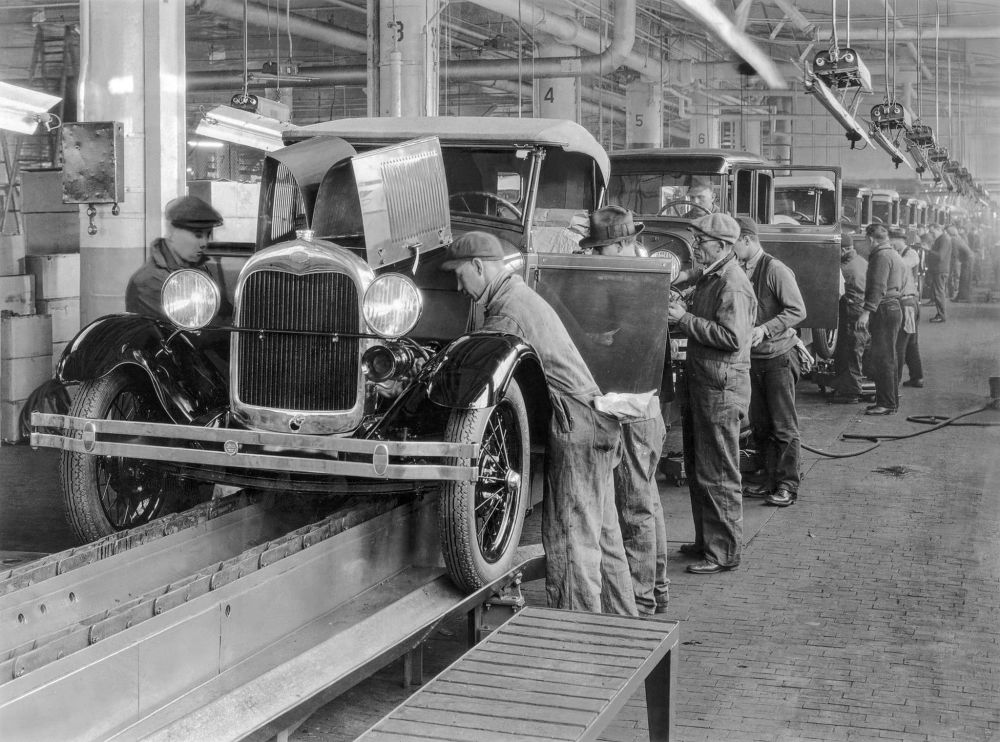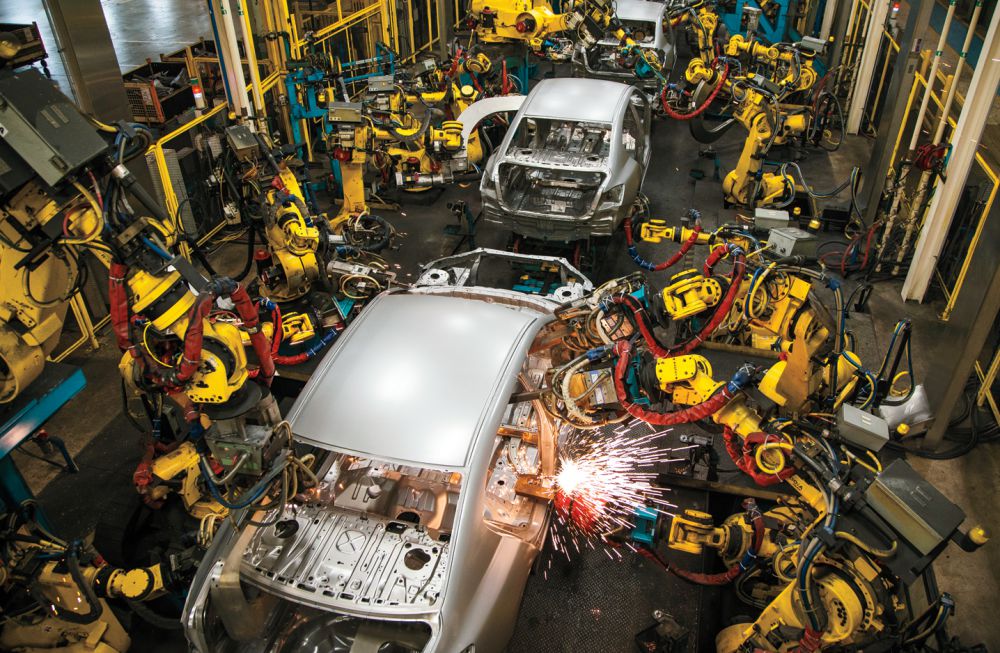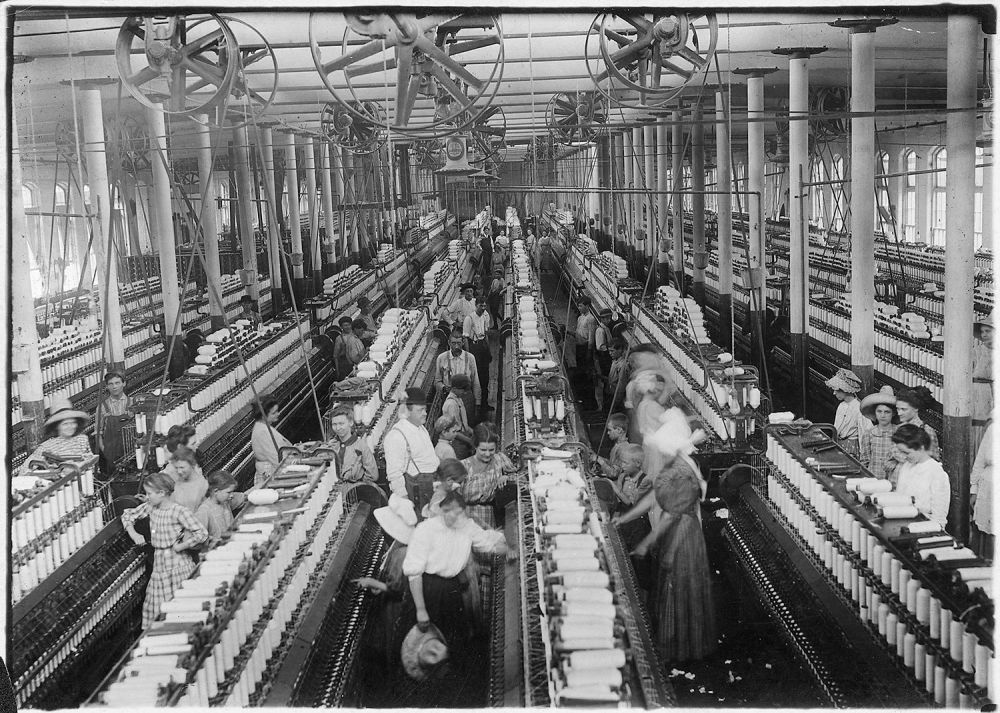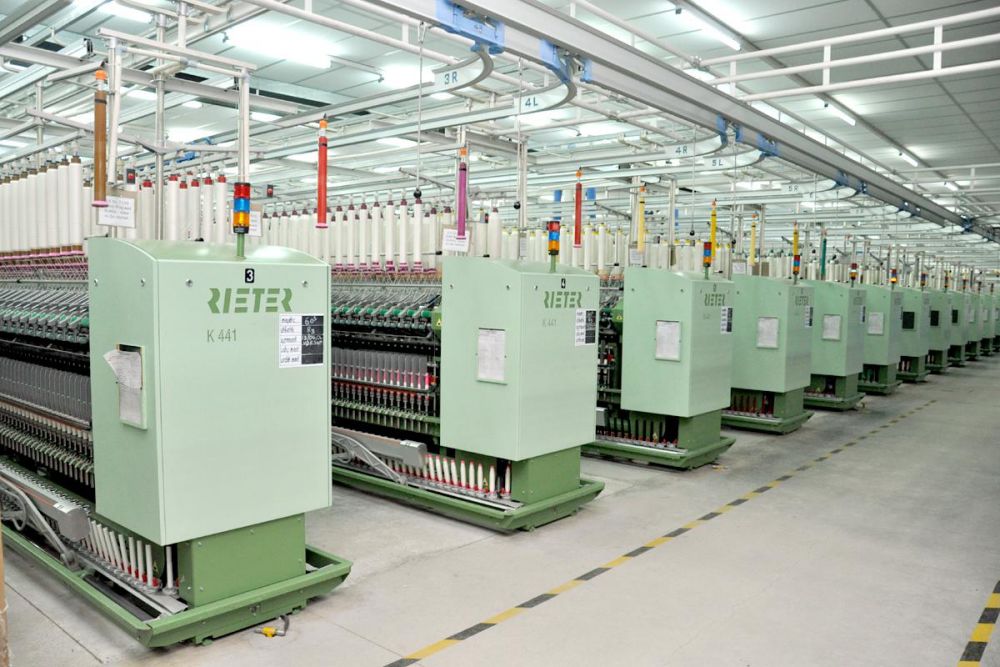The Global Hunt for Jobs

During the 2016 presidential election, then-Republican candidate Donald Trump vowed repeatedly to return to the United States — after decades of steep losses — the manufacturing jobs he often blamed China for “stealing.” Recently he proposed tariffs and praised trade wars as means to recapture those jobs.
“Not going to happen,” said Aashish Mehta, a UC Santa Barbara associate professor in the Department of Global Studies. “The world has changed.”
Mehta’s assessment is based on newly published research he co-authored that strongly suggests the days of high manufacturing employment in this country, and just about every other, are over. A worldwide thirst for manufacturing and the productivity- and wage-enhancing jobs it brings, he explained, makes it increasingly hard for wealthy countries to compete in the global market — and for poorer countries to get rich by industrializing.
The factory jobs curve
In “Manufacturing matters…but it’s the jobs that count,” originally published as an Asian Development Bank Working Paper in 2014 and now updated and forthcoming in the Cambridge Journal of Economics, Mehta and his co-authors compiled an unprecedented dataset of 63 countries featuring shares of manufacturing employment from 1970 to 2010, representing 82 percent of the world’s population in 2010.
The earlier paper took as its starting point the well-known fact that industrializing countries experience a consistent curve: They start with a low number of factory jobs. As they get richer, they begin to build an industrial sector and create significant manufacturing jobs. When incomes rise, wages typically rise with them. And then comes the decline as jobs move away and some expensive workers are replaced with machinery.
Their paper showed, for the first time, that with each manufacturing shift abroad, the share of manufacturing jobs in the new country peaks at a lower level than in the previous country. “While the original OECD countries peaked with over 30 percent of their jobs in factories, today’s industrializers seem to be peaking at around 12 to 14 percent,” Mehta said. “We also showed that the per-capita income level at which this decline sets in has fallen over time. These findings suggested to us that the path to riches through industrialization had narrowed considerably.
“This was worrying,” he continued. “We had to know why it happens and, particularly in an era of climate change, we had to know whether there are alternative pathways to national prosperity.”
Jobs before riches
The forthcoming article addresses that second question, Mehta said. It demonstrates, also for the first time, that all rich countries today (other than oil producers and off-shore banking havens) have at some point had a large share of jobs in manufacturing, typically more than 18 percent of the workforce. This implies that while it may be possible, in theory, to achieve prosperity without lots of factory jobs, no examples exist of large countries that have done so.
Moreover, Mehta noted, “The order really matters. We’ve shown that the tendency was to get manufacturing jobs and then get rich. So early industrializers didn’t have the jobs because they were rich, they more likely got rich because they had the jobs.”
To understand why industrial job creation has become more difficult, Mehta’s team wanted to find out first whether it is a global phenomenon. “Individual countries are now deindustrializing early, and at lower shares,” he said. “But does it mean that the world as a whole is deindustrializing early? No, the manufacturing jobs are still there.”
Consistent global numbers
In a 2016 article in the journal Economics Letters, “Deindustrialization? A Global Perspective,” Mehta and his co-author showed that the worldwide share of manufacturing jobs and output did not fall from 1970 to 2010. To Americans accustomed to hearing about job-killing robots, this could be surprising. But Mehta’s research reveals that when manufacturing shifts to another country, it tends to go to a poorer, more populous nation. And because the new country’s workers are less skilled and educated, and work with less advanced technology, it takes more people to do the work.
“The cheap way to put it is, a robot didn’t take your job, and a Chinese worker didn’t take your job,” he said. “Two Chinese workers got your job. And the robot helped your co-worker increase their productivity, allowing them to keep theirs.”
Thus, at one level, the deindustrialization experienced by countries turns out to be a matter of simple arithmetic, Mehta explained. “If you took half the manufacturing jobs out of Europe, let’s say manufacturing employment comes crashing down from 30 percent to 15 percent. And you took all those jobs and you put them in China or India. The fraction of Chinese or Indian workers working in factories would go up very little, because there are so many of them. But globally, no factory jobs would be lost.”
A tough market
For the U.S., the research points to a number of factors, beyond wages, that will make it difficult to compete for manufacturing jobs. In addition to opening up to trade, developing countries hoping to industrialize have invested heavily in education and infrastructure, Mehta noted, while the U.S. has not in recent decades.
A secondary education, he said, is crucial for manufacturing. “That’s the level of education you need to learn how to operate a machine, think productively about the process in which you’re involved and report back and try to get some efficiency improvements and things like this. Particularly for labor-intensive stuff.
“And that’s basically what’s been happening,” Mehta continued. “We had a global education revolution; developing countries are now able to support manufacturing in ways they weren’t able to earlier, and to learn fast. And so now these large, populous countries are able to do the sorts of things that formerly only rich countries used to be able to do, and they’re doing them, but it’s not adding a lot as a share of their jobs because there are so many people there.”
Paying the price
Putting themselves in position to become industrialized didn’t come cheap for developing countries, Mehta noted. Heavy inflation, human insecurity and environmental damage were often the price of their adjustment period. This industrialization, which generates lesser benefits to succeeding countries, has been criticized as exploitative and self-defeating — mostly by countries that see their manufacturing jobs migrate elsewhere.
Mehta, however, sees it differently.
“The process has generated dividends; it has generated wage increases,” he said. “They’re just not as big as they as they used to be. I’m not in favor of the simplistic critique we often hear in the West, ‘This is all a big race to the bottom, etc.’ Yes, the tradeoffs are getting steeper. And yet, it’s also giving the gift of manufacturing jobs to workers who otherwise make do with some of the world’s worst paid employment options.”
Aashish’s co-authors are Jesus Felipe of the Asian Development Bank and Changyong Rhee of the International Monetary Fund.







